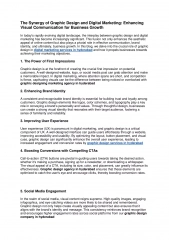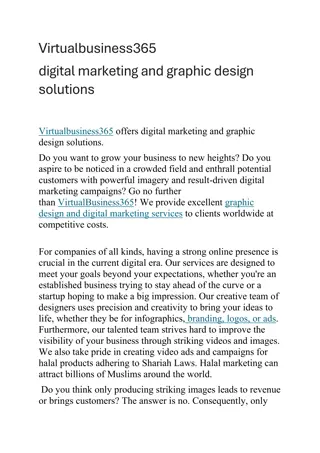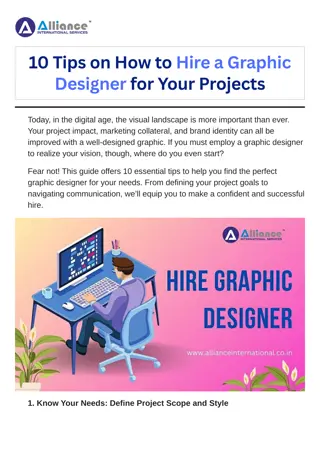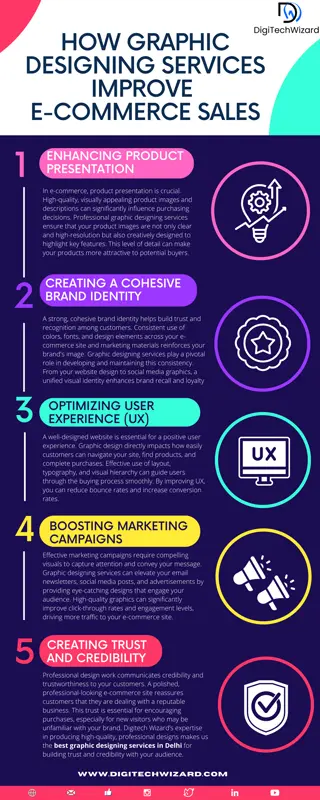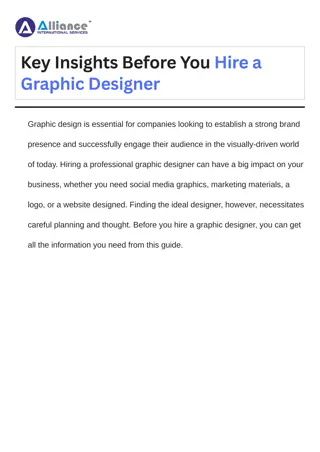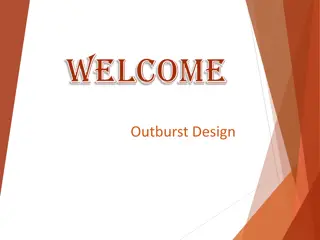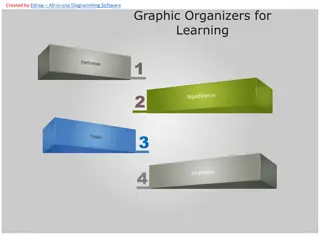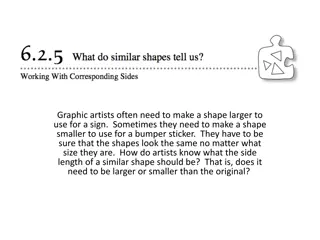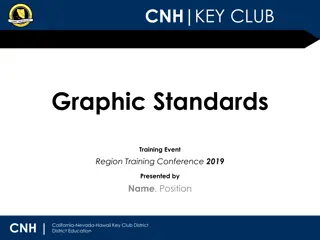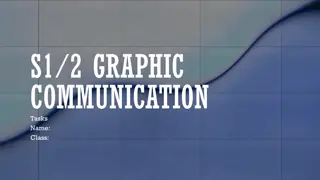Understanding Graphic Design Elements and Principles
Graphic design is a crucial part of visual arts that combines images, text, and ideas to create captivating artwork while effectively communicating messages. Explore the seven basic elements of graphic design including line, shape, color, texture, type, space, and image, each playing a vital role in conveying specific messages and emotions to the audience. Learn about how elements like color, texture, and typography contribute to the overall visual appeal and effectiveness of graphic design.
Download Presentation

Please find below an Image/Link to download the presentation.
The content on the website is provided AS IS for your information and personal use only. It may not be sold, licensed, or shared on other websites without obtaining consent from the author. Download presentation by click this link. If you encounter any issues during the download, it is possible that the publisher has removed the file from their server.
E N D
Presentation Transcript
GRAPHIC DESIGN GRAPHIC DESIGN IS THAT PART OF VISUAL ARTS THAT COMBINES IMAGES,TEXT AND IDEAS TO CREATE PIECES OF ARTWORK THAT GRABS THE VIEWER S ATTENTION WHILST AT THE SAME TIME COMMUNICATING A MESSAGE.
WHAT IS GRAPHIC DESIGN? SEVEN ELEMENTS OF GRAPHIC DESIGN
THE SEVEN BASIC ELEMENTS OF GRAPHIC DESIGN Line Shape Colour Texture Type Space Image
LINE Horizontal, vertical or diagonal Straight, curved or freeform Zigzag or create patterns Solid, broken or implied. Lines communicate different messages to the audience: Scribbled lines communicate excitement. Zigzag lines, anger and wavy lines, elegance.
SHAPE A shape or shapes are areas, forms or figures contained by closed lines. There are two types of shapes: Geometric such as triangles, cubes, rectangles, circles and spheres etc. Organic or free-flowing these can be symmetrical or asymmetrical. Ex. Natural shapes such as leaves.
COLOUR Colour communicates a mood or evoke an emotional response from the viewer. Graphic Designers can use colour theory and the colour wheel to combine colours in a harmonious way. The primary colours are red, blue, yellow. You cannot mix any other colours to get them. The secondary colours are derived from the primary colours. You can mix two primary colours to get a secondary colour. Ex. Green, violet and orange. Tertiary colours are formed by mixing a primary and a secondary colour. Ex. Yellow- orange.
COLOUR HARMONY Colour harmony can be achieved by choosing two or more colours from their position on the colour wheel. Complementary they lie opposite to each other on the colour wheel. Analogous they lie next to one another on the colour wheel. Triad used colours evenly spaced on the colour wheel. Split-complementary use base colour and two colours adjacent to its complementary colour. Rectangular use two sets of complementary colours. Square use four colours that create a shape of a square on the colour wheel.
TEXTURE Texture is the way the surface of an object feels. Ex. Furry, smooth, rough, soft. Texture can be achieved by drawing inspiration from leaves, tree bark, fur, flowers, grass etc.
TYPE The typography must be legible. Ex. Decide if you want to use print or script since this affects the overall mood of the Graphic Design piece. The weight of the lettering is also important. Ex. Thick letters conveys importance. Thin letters convey elegance.
SPACE If there is no space a design can become too visually cluttered making it difficult for the viewer to understand. Positive space is the space occupied by the visual elements. Negative space is everything else including the background.
IMAGE The image is to grab the audience s attention and expresses a specific message. An image: - provides context; adds drama; creates overall mood. Choosing an image: find a picture that tells the right story. Ex. Choose an image with contrasting colours and textures or spotlight a particular part of an image.
ELEMENTS OF GRAPHIC DESIGN What is Graphic Designing? Name the seven elements of Graphic Designing. Explain how the seven elements of Graphic Designing works in an art piece. What are the different lines and how do they affect the audience s mood. Name and describe the two types of shapes. What are the different groups of colours? What is texture? How does the typography affects a Graphic Design piece? Name the different types of space and define them. How does an image add to a graphic design piece?



